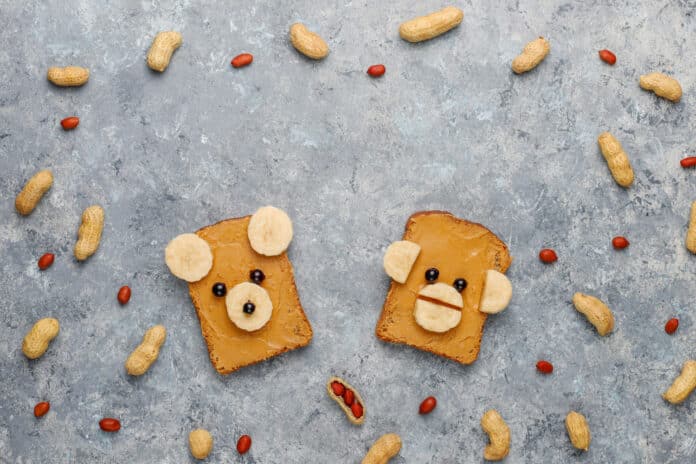In Chapel Hill, North Carolina, a three-year medical study supported by the National Institutes of Health and Food Allergy Research and Education (FARE) found that giving small amounts of peanut protein under the tongue, known as sublingual immunotherapy or SLIT, is safe for kids aged 1 to 4 who have peanut allergies.
Starting this treatment early increases the chances of kids becoming less allergic and possibly even cured. The study, led by Dr. Edwin Kim, a pediatrician at UNC School of Medicine, is the first of its kind to examine the effectiveness of SLIT in children this young.
In a study published in the Journal of Allergy and Clinical Immunology, researchers tested a treatment for peanut allergies in kids aged 1 to 4. They divided 50 children into two groups. One group got a small amount of liquid with peanuts under their tongue. In contrast, the other group received a placebo (a harmless substance). After three years of treatment, they checked if the kids became less allergic to peanuts by giving them a peanut test so that they couldn’t tell if it was real.
The study found that peanut treatment under the tongue can work well for peanut-allergic toddlers. Almost 80% of them could eat 15 peanuts without having an allergic reaction after the treatment. This is a big deal because most allergic reactions happen with just one peanut or even less.
Also, the study showed that some toddlers might stop being allergic to peanuts after the treatment – about 63% of them still didn’t react three months after quitting. These findings suggest that starting this treatment early could be a great way to help peanut-allergic kids and should be studied more.
Kim, corresponding author of the study, pediatric allergy and immunology division chief and director of the UNC Food Allergy Initiative, said, “From our prior studies in older children, we were optimistic that peanut SLIT could have a similar treatment effect in toddlers.“From our prior studies in older children, we were optimistic that peanut SLIT could have a similar treatment effect in toddlers.”
Compared to another treatment called OIT, the SLIT method is considered safer and more accessible. With OIT, most side effects are not too serious, but sometimes they can be destructive and need emergency help. So, there’s a need for treatments that are easier to handle.
Dr. Kim said, “Peanut OIT is available but can be tough for families. Peanut SLIT might be a good choice because it gives good protection, is safe, and is easier to use.”
Compared to OIT, the SLIT method is likely a safer choice, with the most common side effect being oral itching. Having treatments that can keep kids safe from allergic reactions while still being practical for busy families can make a big difference. Researchers hope that peanut SLIT can be one of those options.
Dr. Kim explained, “Even though we try to introduce peanuts early to prevent allergies, peanut allergy is still widespread. We are now diagnosing peanut allergies in very young kids. So, it’s crucial to create safe treatments that work well for these young children.”
To manage peanut allergies, sublingual immunotherapy is a promising option for toddlers. The study emphasizes the importance of developing safe and effective treatments, especially with the increasing prevalence of peanut allergies diagnosed in young children. Further research is warranted to explore the full potential of SLIT as a viable treatment strategy.
Journal reference:
- Edwin H. Kim, J. Andrew Bird, et al., Desensitization and remission after peanut sublingual immunotherapy in 1- to 4-year-old peanut-allergic children: A randomized, placebo-controlled trial. Journal of Allergy and Clinical Immunology. DOI: 10.1016/j.jaci.2023.08.032.
